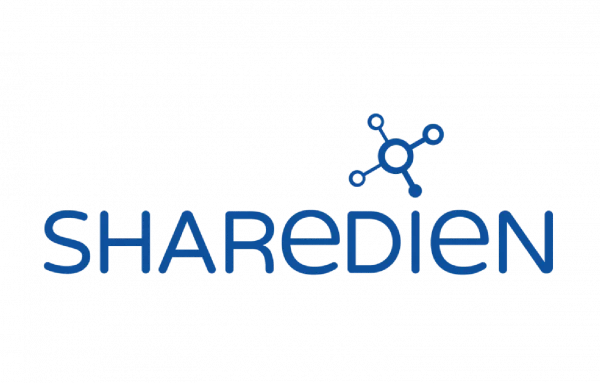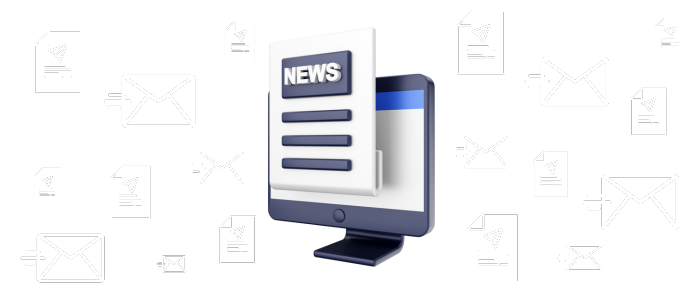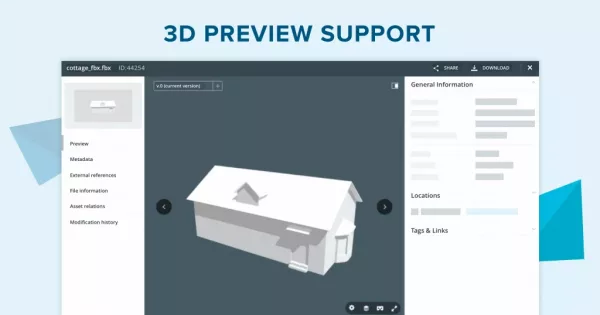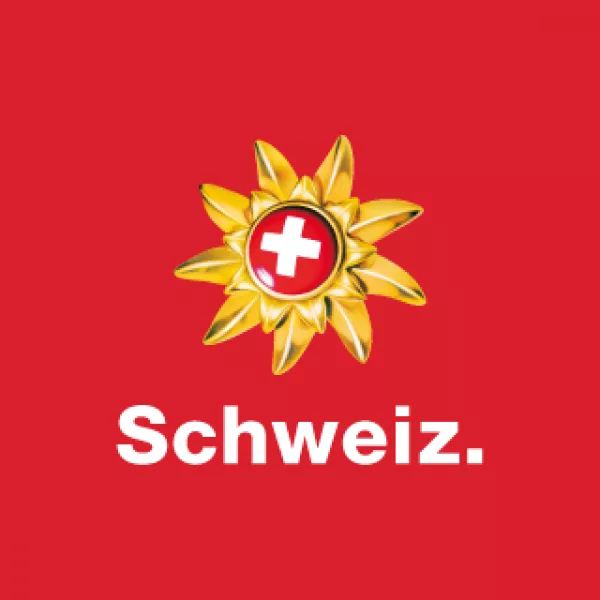
Press release: Swiss DAM expertise strengthened with Sharedien as partner
brix IT Solutions expands its Digital Asset Management portfolio with a partner in Switzerland. Welcome Sharedien to the brix Partner Community.
Moreby Ingmar Nowak
Has your company decided to centralize digital media such as images, videos, documents, etc. in a digital asset management system in the future? Or has a new DAM system been evaluated because the old one no longer meets your requirements?
A step in the right direction, but what now? How do you approach such a project, and how do you avoid annoying pitfalls?
From the customer's point of view, the migration is often a black box at the time the offer is made. The extent cannot be precisely estimated, which causes many companies headaches. To ensure that the costs stay under control, we recommend that you analyze the scope of work based on a preliminary project.
The preliminary project
The entire clarification of requirements takes place in a preliminary project.
Initial Workshop
Knowledge about data quality and effective use of assets and metadata is widely spread on the customer side. Product managers, photographers, translators, the marketing and IT departments - all are involved in one way or another when it comes to creating or using this data. These stakeholders are needed to clean up the existing dataset, define rules for metadata transformations, and formulate the metadata concept.
We therefore recommend involving them in the initial workshop or clarifying their needs in advance. In this way, you increase acceptance for the new DAM system right from the start and create a solid foundation for good data quality.
Bring data models together
It is absolutely normal for your data to be scattered in different silos or for the data models of DAM systems to differ. Certain data fields are obsolete, others should be merged or provided individually depending on the data type.
In addition to the different authorization concepts – who is allowed to see and edit what, or download it and how – a sophisticated metadata concept is elementary for data quality.
A clean metadata mapping ensures that your valuable information is preserved and harmonized.
IPTC data is read, monolingual text fields can become multilingual tags, and rule-based transformations are available for complex mappings. The cleaned metadata can be merged back into the IPTC fields during download.
Local data structures should be merged in a DAM system without creating duplicates.
If the range of functions in the standard is not sufficient, it can be extended via API.
The stress test
After an in-depth analysis of the actual / target state, we recommend a proof of concept (POC) in a test environment.
It is important that all data types are available and that all transformation rules including special cases can be tested. To get a feel for the processing time required, test with a representative set of assets.
Remember: Also involve your stakeholders in the testing process. They are often quicker to recognize whether the transformation rules are working.
Different approaches
There are two different migration approaches, depending on the customer's need and the expected duration of the system outage.
Full migration
If the calculated migration timeframe is acceptable and the complexity is manageable, we recommend a full migration.
Multi-stage migration
For larger migration projects, we recommend splitting the project into several partial migrations. The advantage of this is that the downtime of the system does not result in any major restrictions, and the new system can be rolled out in stages. The system is aligned and completed through a delta migration.
Not everything has to be automated – Pareto principle
To avoid the data transformation rules getting out of hand, the aim is to achieve an automation level of around 80%. As soon as the automated migration with all mappings is completed, the remaining tasks can be performed manually or partially automated using an export, search/replace, and re-import. Your data is safe – the complete data set is now in the new DAM system.


brix IT Solutions expands its Digital Asset Management portfolio with a partner in Switzerland. Welcome Sharedien to the brix Partner Community.
More
In the latest CELUM Content Version 22.4, you can expect many great innovations.
More
Increased efficiency and quality assurance through a dedicated DAM system as a central data hub and source at Switzerland Tourism.
More